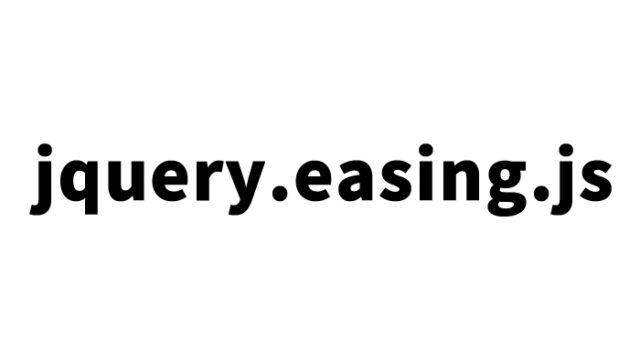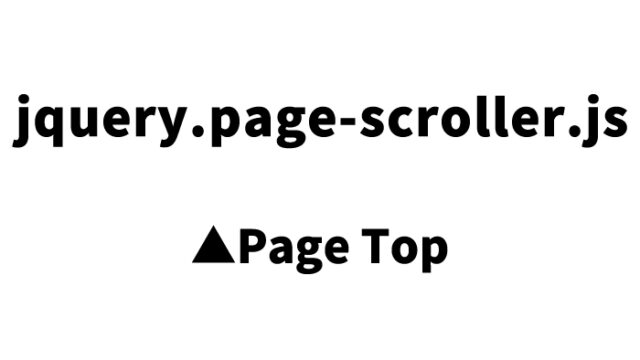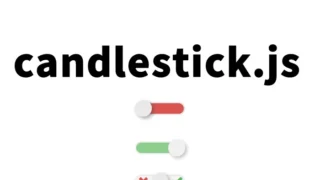In web development, handling JSON data is an everyday task, but errors can occur during its implementation. In this article, we focus specifically on the error “Uncaught SyntaxError: “[object Object]” is not valid JSON” and explain in detail how to deal with it.
JavaScript Object Notation (JSON) is widely used in web development as a data exchange format.
However, errors may occur when parsing or converting data into strings using this tool.
One such example is the “Uncaught SyntaxError: “[object Object]” is not valid JSON” error, and this article unravels its causes and concrete solutions.
What is JSON?
Definition and Characteristics
JSON stands for JavaScript Object Notation and is one of the data exchange formats.
It is constructed using key-value pairs, and its data structure is both human-readable and machine-readable.
It is mainly used when exchanging data between servers and clients.
Syntax Characteristics
JSON syntax is simple. Objects are defined with curly braces {}, arrays with square brackets [], and keys/property names must be enclosed in double quotes ” “.
Example Usage
{
"firstName": "John",
"lastName": "Doe"
}
The above is a basic example of a JSON object.
Let’s explore detailed use cases and precautions in the next section.
Common Errors When Using JSON
The “Uncaught SyntaxError: “[object Object]” is not valid JSON” error often occurs especially when using the JSON.parse() method.
Let’s dive deeper into why this error occurs and how to avoid and resolve it.
Conditions Under Which the Error Occurs
JSON.parse() requires a string as its argument, and this error appears when an object is passed instead.
Specific code example:
var obj = { key1: "value1", key2: "value2", key3: "value3" };
var result = JSON.parse(obj); // Error occurs
Example Where the Error Does Not Occur
If you pass a correctly formatted JSON string, the error will not occur.
Example:
var jsonString = '{"key1": "value1", "key2": "value2", "key3": "value3"}';
var jsonObject = JSON.parse(jsonString);
Approaches to Avoid/Resolve This Error
Convert the object into a proper JSON string.
In this case, the JSON.stringify() method is used.
This method takes an object as an argument and returns a JSON-formatted string.
var obj = { key1: "value1", key2: "value2", key3: "value3" };
var jsonString = JSON.stringify(obj);
var jsonObject = JSON.parse(jsonString);
This allows you to safely convert an object into a JSON string and then use the JSON.parse() method.
As shown above, using a correct JSON-formatted string allows you to resolve the “Uncaught SyntaxError: “[object Object]” is not valid JSON” error.
Practical Application and Troubleshooting
Here, we demonstrate error resolution using a practical application.
In web application development, JSON is frequently used when sending user data to a server or retrieving data from a server.
Use Case: Retrieve data from a REST API and display it on the frontend.
Successful Data Retrieval and Display
- We consider an example where data is retrieved from an API using the correct data format and processed on the client side.
- We cover code snippets for data retrieval, error-handling strategies, and detailed case studies.
Specific Methods for Error Handling
- We dive into concrete troubleshooting methods when errors occur.
- For example, we explore how to handle errors when an API returns JSON in an invalid format to avoid harming UI usability.
Summary and Next Steps
Through this article, we hope you have deepened your understanding of common JSON-related errors and learned how to deal with them.
The “Uncaught SyntaxError: “[object Object]” is not valid JSON” error can occur not only for beginners but also for experienced developers.
By applying proper error handling and maintaining correct data formatting, these issues can be effectively resolved.
Next Learning Steps:
In addition to becoming familiar with JSON, we recommend learning about other data formats and technologies such as XML and GraphQL.
By gaining practical experience exchanging data across different technologies, you can broaden your skill set and become a more adaptable developer.
※Use at your own discretion if reusing this content.





